Here is a well -structured article on removing the transaction transaction in Solana using rust:
Running transfer from a coded transaction in rust
As a programmer working with salt, you probably receive coded transactions containing different data, including transmission information. However, when it comes to extracting a consignor and receiver account, you can encounter problems due to the complex encoding scheme used by salt.
In this article, we will cover how to successfully copy the sender and receivers' accounts from the transaction using a rust. We will also provide some of the best handling practices coded transactions in your rust code.
Coded transactions on the solani
Before you dive into the solution, we quickly review how coded transactions work on solani. Each transaction is coded as a fairy tale, which is divided into four parts:
V0(version 0): Contains a transaction metadate.
V1(version 1): contains transaction data.
V2(Version 2): Contains additional metapodates and instructions.
V3(version 3): contains transaction information.
The "V3" section, in particular, contains information about the transfer, to which we will focus on extraction.
Running data from V3
To get the transfers from the encoded transaction, you must access the V3 section. Here's a high -level review how to do it:
`rust
Use Solana_sdk :: Transaction_input :: Transactioninput;
Use Solana_sdk :: PubKey :: Pubkey;
Use Solana_sdk :: Signature :: {Keypair, signatureerror};
Use Solana_sdk :: already :: Bajt;
Struct transfer {
Sender: PubKey,
Receipt: PubKey,
Iche
`
You can use the following code to draw transmission data from the coded transaction:
rust
FN Extract_transfeer (transaction: & Transactioninput) -> result
Let v3 = transaction.data ();
if! v3.is_some () {{
Return Err (Error :: Disabled);
Iche
Let v3_data = v3.as_ref ()?;
Let the transfer_type = v3_data.v0 as u8;
match transfer_type {
1 => OK (transfer {
Sender: V3_data.v1.To_bytes ().
Receipt: v3_data.v2,
I),
_ => Err (error :: disabled),
Iche
Iche
`
Map of Sender and Received Calculars
In order to properly map the sender and receiver's accounts, you must draw the dataPubkeyfrom the entrance of the transaction. Here's an updated code version:
rust
FN EXTRACT_ACCOUNT (transaction: & transactioninput) -> score
Let Account_input = transaction.data ()?;
If! Account_input.is_some () {{
Return Err (Error :: Disabled);
Iche
Let Account_data = Account_input.as_ref ()?;
Let Account_pubKey = PubKey :: From_bytes_Slice (& Account_data)?;
Ok (Account_pubKey)
Iche
`
A combination of extracted data
Once you take out the sender and receiver's accounts, you can combine them to create a "transfer structure". Here is an updated code version:
rust
Struct transfer {
Sender: PubKey,
Receipt: PubKey,
Iche
FN Extract_transfeer (transaction: & Transactioninput) -> result
// … (the same as before)
Let Account_pubKey = Extract_account (transaction)?;
Let the transfer = transfer {sender: Account_pubkey, receiver: v3_data.v2};
OK (transfer)
Iche
`
Best Practice to handle coded transactions
When working with coded transactions in rust, keep in mind the following best practices:
- Always confirm and ambush input data to prevent errors.
- Use mechanisms to handle mistakes to catch and solve potential problems.
- Carefully highlight the transmission data with respect to all possible scenarios (eg invalid metadacles).
- Map Accounts Correctly using the extracted dataPubKey`.
- Combine the extracted data to create a meaningful structure.
